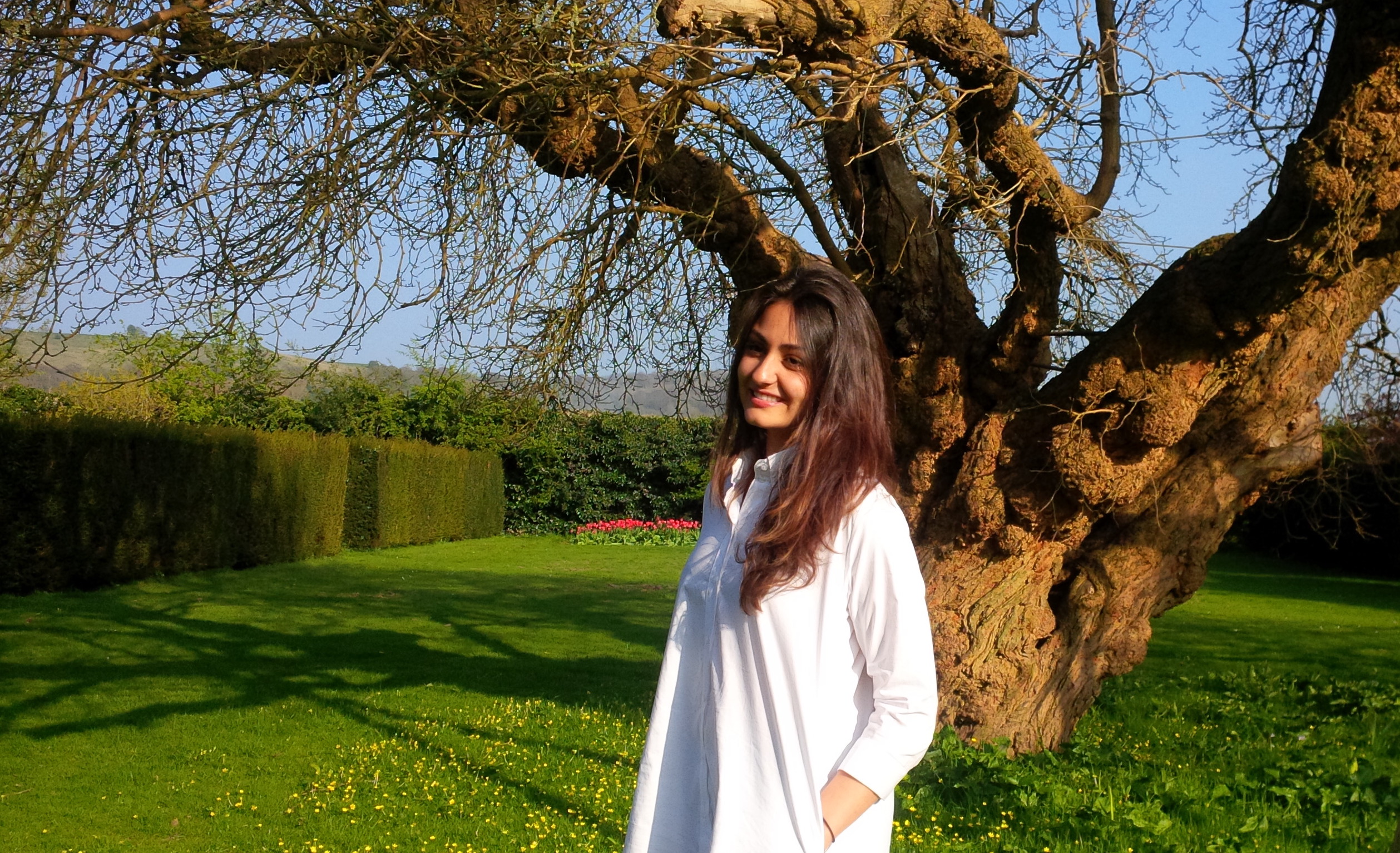Substances extracted from mulberry bushes inhibit two pathogens responsible for lung infections: influenza viruses and pneumococci (Streptococcus pneumoniae). Ingredients from the root bark of the mulberry tree (Morus alba) inhibit both viral and bacterial neuraminidase. Like the influenza virus, coronavirus attacks the lungs severely and, given the ongoing pandemic, it is currently the focus of international research.
According to Wikipedia a possible interpretation of the rhyme, 'Here we go round the mulberry bush (on a cold and frosty morning)' is that it references Britain's struggles to compete with Chinese products - in this case silk. Mulberry trees are the key habitat for the cultivation of silkworms. Britain in the eighteenth and nineteenth centuries tried to emulate the success of the Chinese in silk production but the industry was held back by English winters and mulberry trees proved too sensitive to frost to thrive. The traditional lyrics "Here we go round the mulberry bush / On a cold and frosty morning" may therefore be a joke about the problems faced by the industry.
Picture; The ancient Kent mulberry tree in Wye with yoga teacher Sherezade Ruano
Mulberry effective in treating chest infections
Within this historical context between countries it is possibly all the more interesting then that according to a paper in the journal Scilog Identifying virus killers in ancient medicinal plants, medicinal plants such as Mulberry may be effective in treating infections such as COVID-19.
The reason why many plants might hold the key is that they have to defend themselves against predators, diseases or pests, and so their metabolic products constitute a chemical arsenal that has been used for medical purposes since time immemorial. A team of biologists and pharmacists led by Judith Rollinger is screening traditional knowledge in order to identify new anti-virals and active substances against lung infections caused by influenza, coronavirus or pneumococci.
Scientific basis for natural remedies
Our ancestors used to relieve symptoms such as a cough, fever or respiratory problems with natural remedies. Judith Rollinger, head of the “Phytochemistry & Biodiscovery” research group at the University of Vienna, suggests that the powers of nature are, “the world’s best chemist”. She goes on to say, “We use the traditional knowledge handed down over several generations as a treasure trove of empirical experience that helps us in the pre-selection of potential suppliers of active ingredients.” One survival strategy of plants and other organisms is to use their own metabolic products to ward off pests, predators and diseases. In the search for new drugs, it is necessary to harness this chemical arsenal in a targeted manner, explains Rollinger.
Proof sources of healing effects from ancient literature
The team have reviewed up to 2,000 year-old written sources from ancient Greece, but also from traditional Chinese and European medicine and works of folk medicine in a search for typical symptoms. In 160 cases, they were able to establish an unequivocal connection between the reported healing effect and a given plant, fungus, lichen or moss and collect the biological material. The team then recorded the candidates in a database and produced extracts for each of them, which in turn may contain hundreds of chemical compounds.
Scientific analysis of natural extracts
With the Jena University Hospital, the natural extracts were pitted against various viruses that make their home in the respiratory system. The team observed how well the respective herbal substances could protect the infected lung epithelial cells from damage - in the test tube setting.
The best 28 candidates were then placed in Petri dishes on cell cultures infected with respiratory pathogens, including drug-resistant strains of influenza virus. Their antiviral potential was compared with a known neuraminidase inhibitor drug to which some pathogens are already resistant. Neuraminidase inhibitor drugs should act by blocking the viral surface protein so that viruses that have already reproduced in the host cell cannot spread. “Once an extract proves to be active, we start a laborious phytochemical analysis. We investigate the composition and then isolate specific antiviral active compounds,” says Judith Rollinger.
Beating viral drug resistance
Combining this work with other approaches including chemoinformatics the researchers identified possible new neuraminidase inhibitors that may defeat the drug-resistance. In collaboration with chemoinformatics experts from the Universities of Innsbruck and Hamburg, they modelled the 3D structure of the neuraminidase binding site and predicted compounds that could bind there and block the site. Judith Rollinger considers it a particularly successful outcome that the team was able to identify natural substances with dual effects in the course of the FWF-funded project.
Mulberry inhibits both viral and bacterial neurimidase
These substances inhibit two pathogens responsible for lung infections: influenza viruses and pneumococci (Streptococcus pneumoniae). Ingredients from the root bark of the mulberry tree (Morus alba) inhibit both viral and bacterial neuraminidase. In a follow-up project funded by the Swiss Doerenkamp Foundation, clinical research will be continued on the most promising candidates. In a follow-up project in Vienna, the group now hopes to make the leap to the coronavirus. Like the influenza virus, coronavirus attacks the lungs severely and, given the ongoing pandemic, it is currently the focus of international research groups worldwide.
A bacterium, virus, or other microorganism that can cause disease.
Full medical glossary


